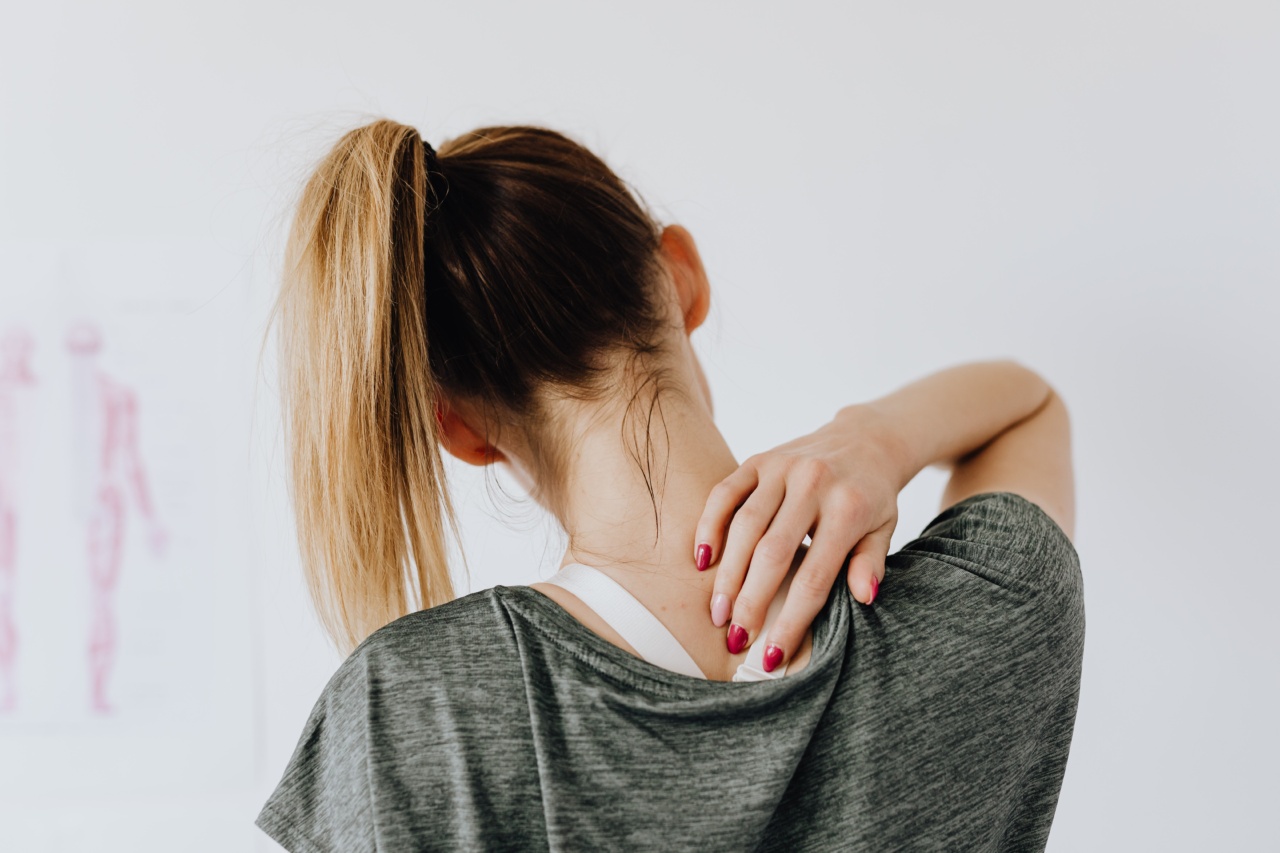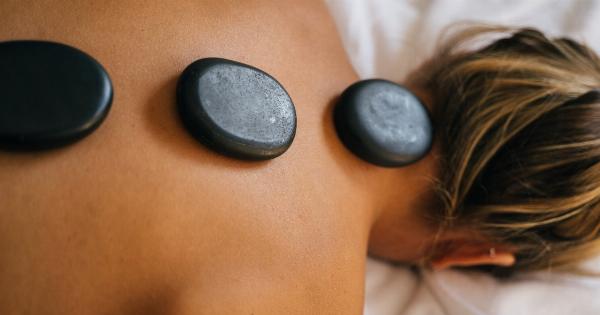Experiencing cervical and back pain can be debilitating and greatly affect your day-to-day life. Whether it is due to poor posture, muscle strain, or underlying conditions, finding relief is crucial for your overall well-being.
In this article, we will discuss six effective tips to alleviate cervical and back pain and improve your quality of life. Implementing these methods will help relieve discomfort and promote a healthier spine.
1. Maintain Proper Posture
One of the primary causes of cervical and back pain is poor posture. Sitting or standing with an incorrect posture places excessive stress on your neck and spine.
To alleviate pain and prevent further damage, it is essential to practice good posture throughout the day.
When sitting, ensure your feet are flat on the floor, and your back is supported by the chair. Keep your shoulders relaxed and avoid hunching forward.
Similarly, when standing, distribute your weight evenly on both feet, and avoid slouching or arching your back.
2. Optimize Ergonomics
Ergonomics refers to the study of how people interact with their environment and aims to design and arrange workspaces for maximum efficiency and comfort.
By optimizing the ergonomics of your workplace and home, you can significantly alleviate cervical and back pain.
Start by adjusting your chair and desk height to ensure your elbows and knees are at a right angle. Position your computer monitor at eye level to avoid straining your neck.
Consider using a keyboard and mouse pad with wrist support to reduce strain on your hands and wrists.
3. Embrace Regular Stretching
Stretching is an excellent way to alleviate cervical and back pain and improve flexibility. Incorporate stretching exercises into your daily routine to relieve muscle tension and promote better posture.
Some effective stretches include neck rolls, shoulder rolls, upper back stretches, and gentle spine twists. Consult with a physical therapist or chiropractor to learn specific stretches suitable for your condition and receive proper guidance.
4. Strengthen Your Core
A strong core plays a vital role in supporting your spine and reducing stress on your cervical and back muscles. Engaging in core-strengthening exercises will help alleviate pain and improve overall stability.
Popular exercises that target the core include planks, bridges, and abdominal crunches. However, it is important to start slowly and gradually increase the intensity to avoid overexertion or injury.
Consider seeking guidance from a fitness professional to ensure you perform these exercises correctly.
5. Practice Back-Friendly Sleeping Positions
How you sleep can greatly impact your cervical and back pain. Poor sleeping positions can worsen discomfort and hinder the healing process. It is crucial to adopt back-friendly sleeping positions to alleviate pain and promote spinal alignment.
Experts recommend side sleeping with a pillow between your knees to maintain proper spinal alignment. If you prefer sleeping on your back, place a pillow under your knees to reduce stress on your lower back.
Avoid sleeping on your stomach as it places strain on your neck and spine.
6. Seek Professional Help
If your cervical and back pain persists or worsens despite your efforts, it is advisable to seek professional help.
A healthcare provider, such as a chiropractor or physical therapist, can provide accurate diagnosis and create a customized treatment plan to alleviate your pain.
These professionals have the expertise to identify the root cause of your pain and recommend appropriate therapies and exercises. They can also offer valuable advice on lifestyle modifications to prevent future pain and promote overall spine health.
Final Thoughts
Cervical and back pain can significantly impact your daily life and well-being. By implementing these six tips consistently, you can alleviate discomfort and promote a healthier spine.
Practice good posture, optimize ergonomics, stretch regularly, strengthen your core, adopt back-friendly sleeping positions, and seek professional help when needed. Remember, maintaining a healthy spine is essential for overall physical health and quality of life.































